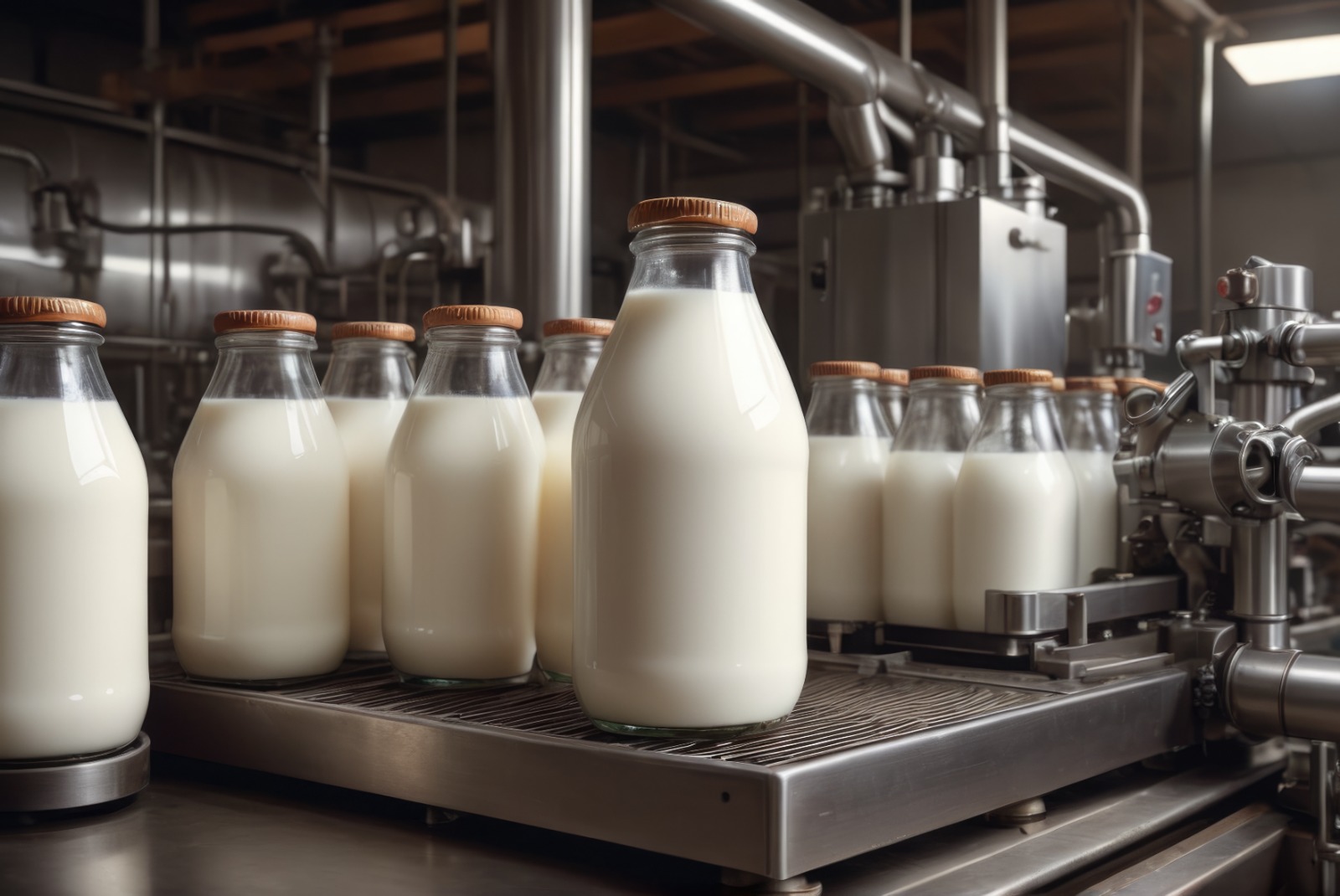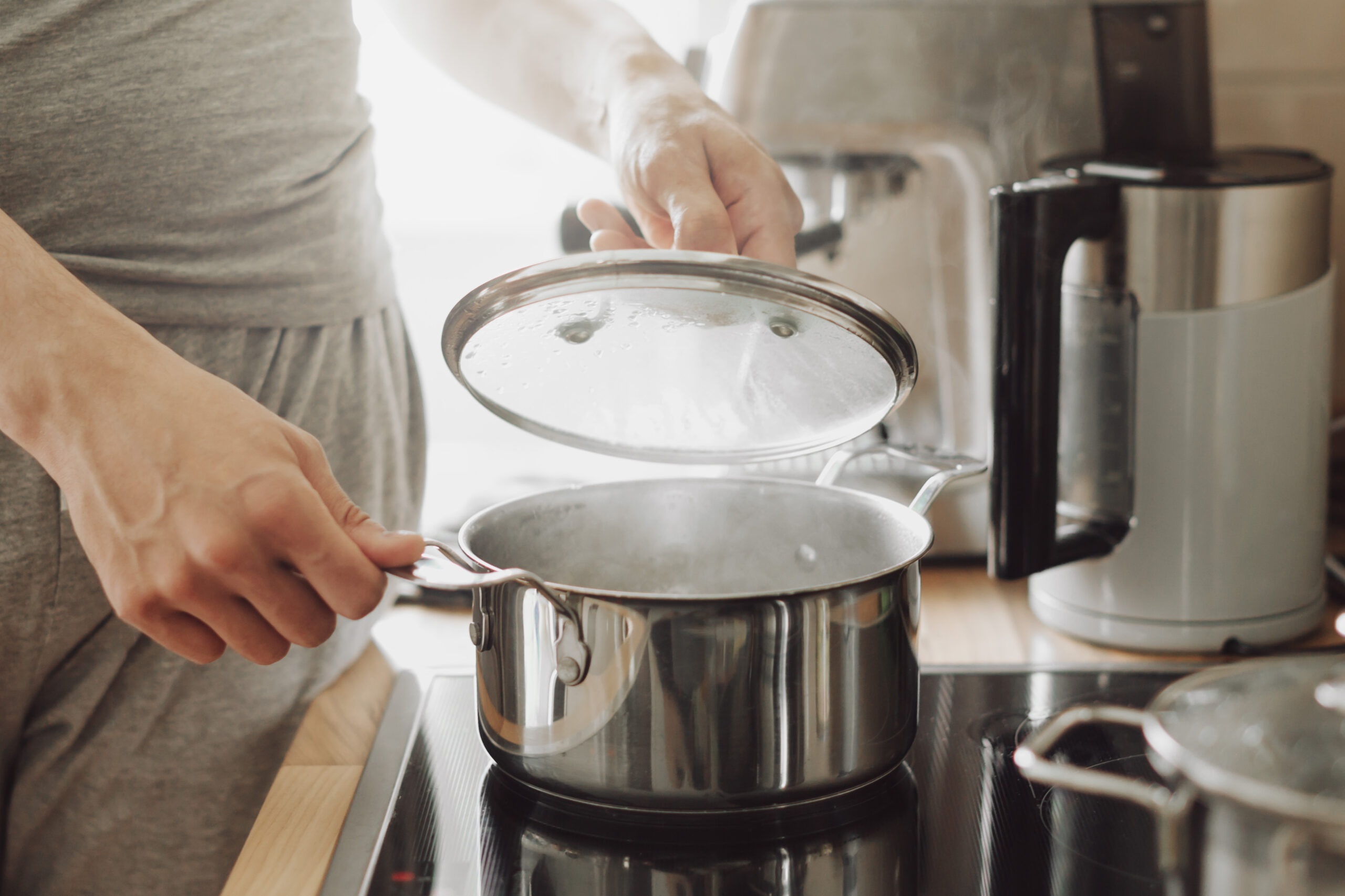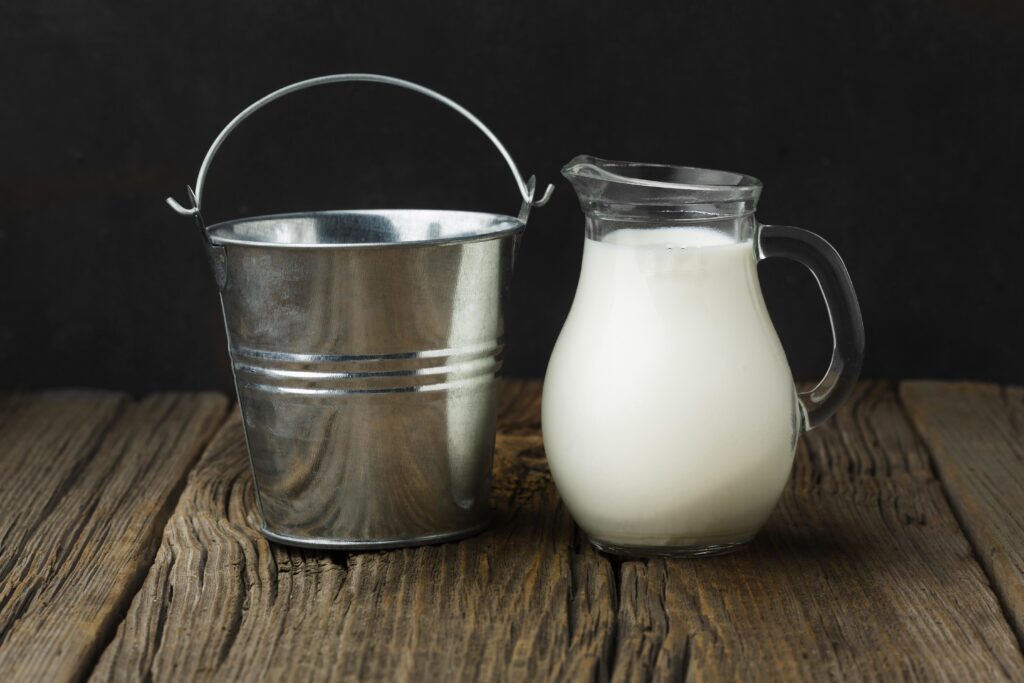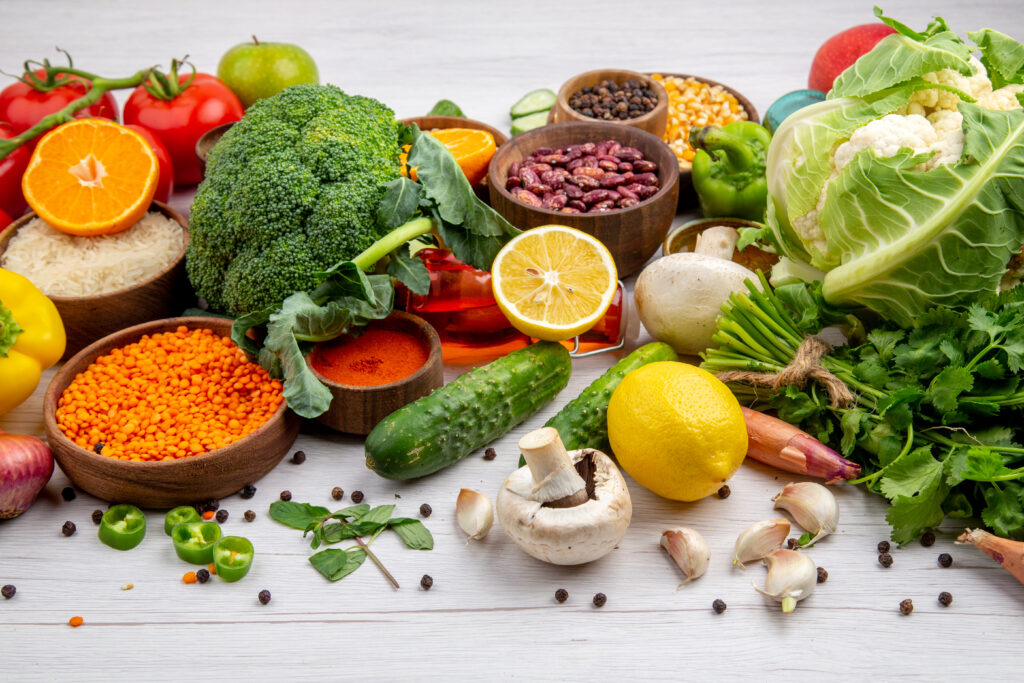



There are various stages of processing of milk starting from when it’s taken from the cows, Buffalows, goats or other animals till the time it comes to your doorstep, it has to undergo many filtering, cleaning, sterilizing and packing processes. All these stages are done so as to increase the shelf life of milk and make various by products of milk ,we will get to see what impact does these methods offer , do they possess any disadvantages and side effects or do they detoriate the protein, vitamins, minerals and nutrient content Or do they have benefits.The various stages are:
1.First comes collecting of milk, milk is taken in sterilized tanks and vessels. otherwise if it comes in contact with contaminated vessels so the milk will be spoiled.. The milk is then stored at 5°C or less and within 48 hours the milk is taken in tankers to a milk factory where it’s pasteurised, homogenised and taken for further production of other by products.
2. The milk is further transferred to the tanks of transporting vans holding tanks and is held at 10°C to keep it safe. Cooling is done in a tank or covered with pipes cooling pipes. Else the milk is run over very cold water pipes.
3. The milk is sent through a series of filter machines to remove sediment and floating particles.
4. Then comes the process of pasteurization, in this technique milk is heated to 72°C for no less than 15 seconds, then cooled immediately to destroy any harmful bacteria and micro-organisms. This also extends the shelf life. Pasteurization makes milk safe for consumption by destroying pathogens. It also helps to increase the shelf life of milk . Taste and Flavor remains unaffected through this method. so this is completely safe.
5 . Milk is passed under pressure through a small opening of a machine called homogenizer, which equally disperses fat molecules. This stops the formation of scum(cream) and prevents it from rising up on the top . This gives a consistent texture and taste. Homogenization prevents this process of fat seperating by breaking the fat into tiny particles and then dispersing them throughout the milk. Some individuals prefer unhomogenised milk so they prefer they other way round.
6. packaging – various types of packaging are done such as tetra pack, plastic pouches, glass bottles, etc .. so for bottle packaging bottles are sterilized with steaming hot water, and then are filled with milk.. plastic pouches are much readily available, easy to handle and economical. Whereas the packaging with for tetra packs is again different, the milk is heated with UHT (ultra high temperature) method, in this method milk is heated at a very high temperature for a few seconds and then cooled down and immediately packed in tetrapacks and this increases the shelf life upto 3 months or more.
7. The packaged bottles are now heated for 30-35 minutes at temperatures of around 100°C in steam chambers and then allowed to cool. Milk can also be sterilized before packaging this method is used for plastic pouches as well as tetra packs. This doesn’t affect the colour or taste of the milk .

WhatsApp us